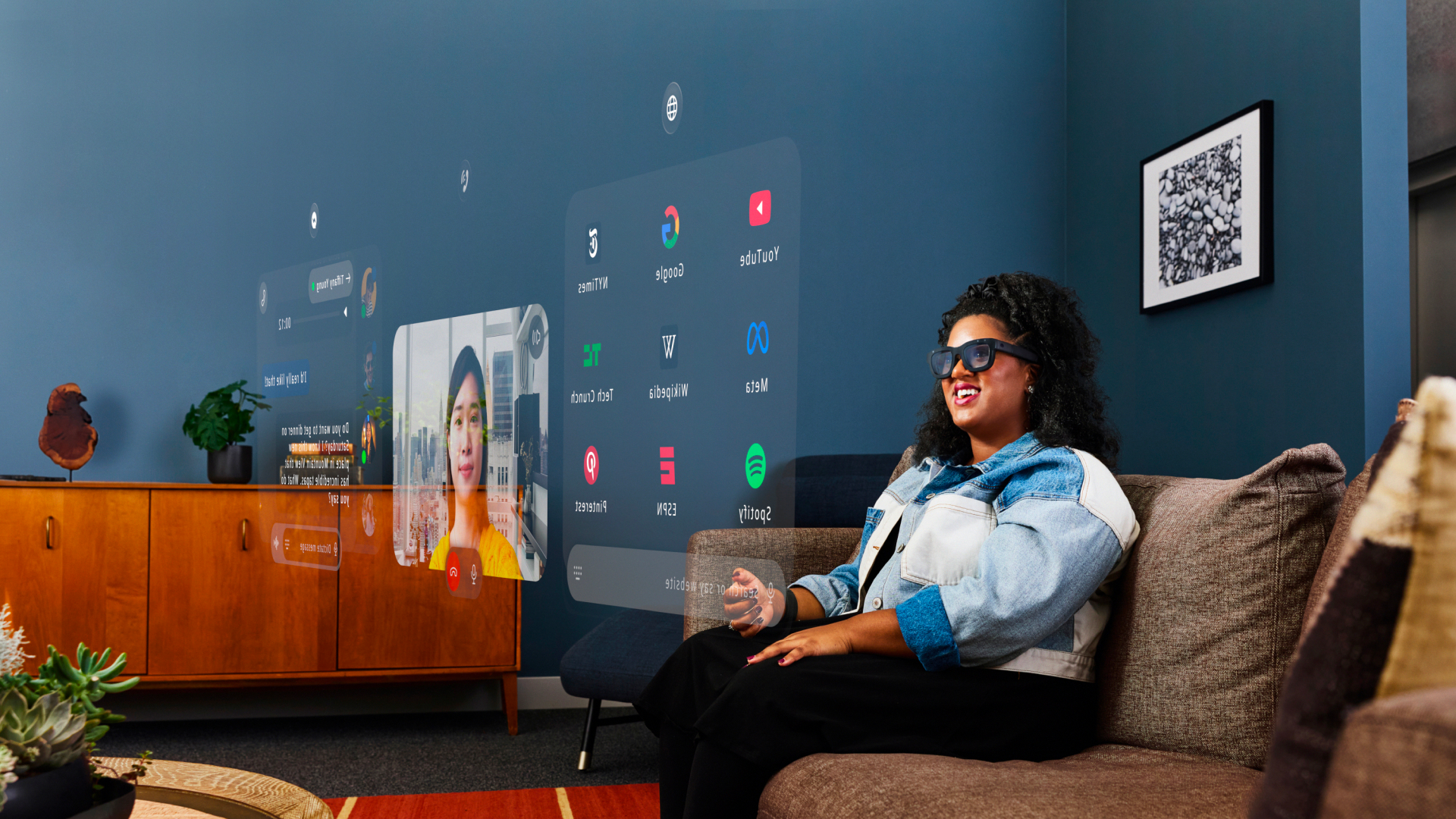
Meta’s Orion AR Glasses are pushing the boundaries of augmented reality! Although still in the prototype phase, these glasses are packed with groundbreaking features designed to create a seamless, immersive experience. The limitations of current VR and smart glasses, highlighting the need for advancements that allow for more compact technology in consumer-friendly designs. The quest for perfect augmented reality continues.
The input methods of augmented reality (AR) glasses can vary widely among different models, but they generally rely on several key technologies. Here’s how the input methods typically work:
Advanced Display Technology

Orion glasses typically boast high-resolution displays with vibrant colors and a wide field of view. This allows for immersive augmented reality experiences where digital content seamlessly overlays the physical world. The use of custom optics ensures that images are clear and sharp, providing a better visual experience. The lenses may include specialized coatings to reduce glare and enhance visibility in different lighting conditions.
EMG Wristband Control
The wristband reads electrical signals from your brain to your fingertips, allowing you to control the glasses with hand gestures. This offers a whole new level of interaction without needing to touch the device! Users can tap, swipe, or perform gestures directly on these surfaces. AR glasses equipped with microphones can recognize speech. Users issue commands or queries verbally..
Gesture Recognition

The system recognizes specific gestures (e.g., pointing, swiping) in the user’s field of view. Users can manipulate AR objects, navigate menus, or issue commands based on their hand movements.
AI-Powered Assistance

Orion glasses integrate AI for practical uses, like recognizing food ingredients and suggesting recipes—imagine cooking with real-time help right in front of you!
Advanced Eye-Tracking Sensors

Orion glasses have built-in sensors that monitor where the user is looking. This might involve infrared light to track pupil movement. With seven custom sensors and lightweight magnesium frames, these glasses can track eye movement with precision, keeping you connected to the augmented world. Eye tracking can be used for selecting items or navigating the interface by simply looking at them, enhancing interaction efficiency.
Meta is taking its time to perfect these glasses by refining battery life, enhancing resolution, and improving user comfort. For now, they remain in development, but the potential is limitless!





